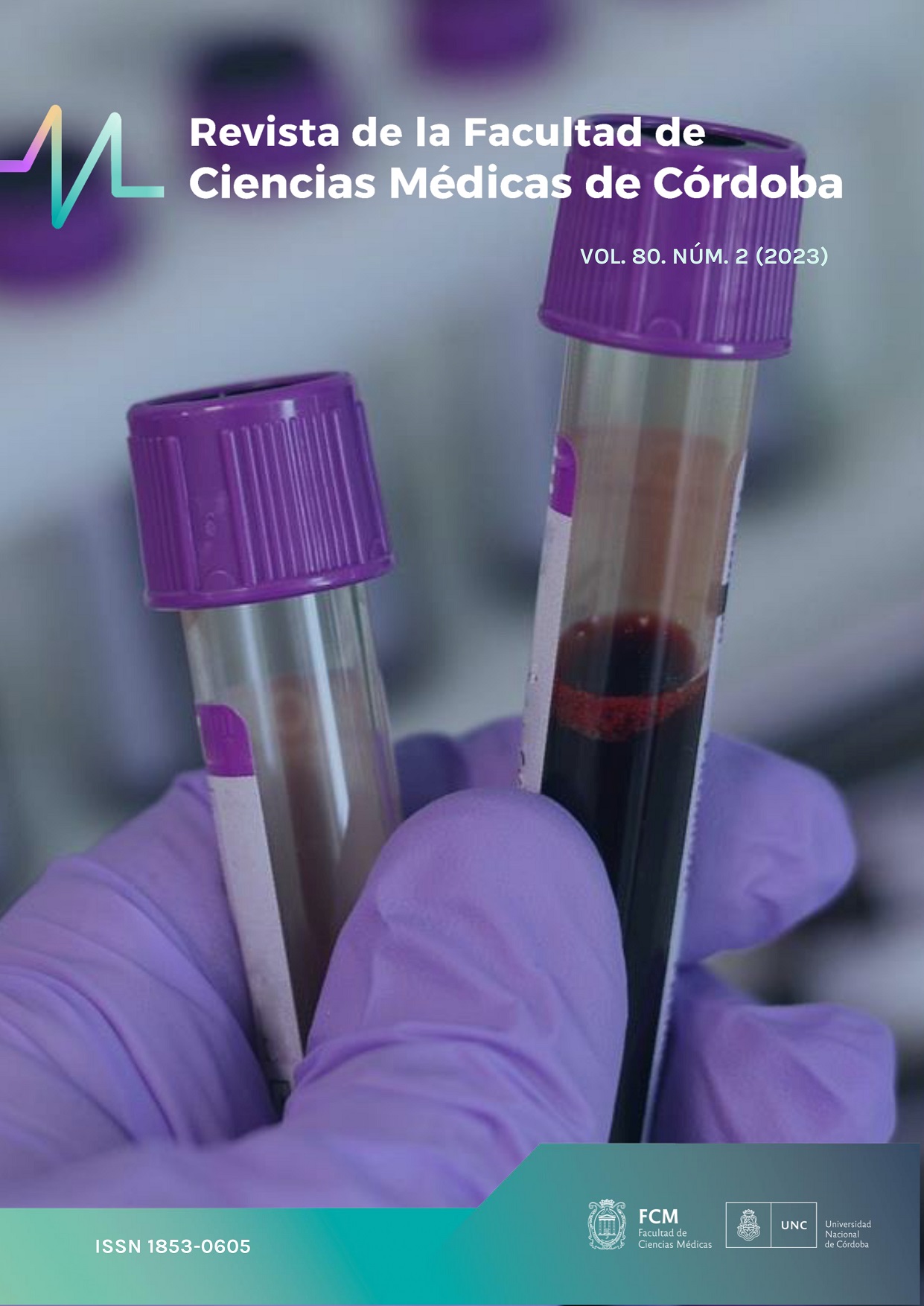Long-term Effects of Early DEHP Phthalate Exposure on the Gonadotroph Cell Population
Keywords:
gonadotroph, luteinizing hormone, , pituitary, dehpAbstract
Phthalate exposure induces multiple alterations in the endocrine system. Di-2-ethylhexyl phthalate (DEHP), the most widely used phthalate worldwide, enters the body through ingestion, inhalation, and skin absorption. It also crosses the placental barrier, primarily inducing reproductive abnormalities. However, few studies have analyzed the impact of this phthalate on the pituitary, particularly on the gonadotroph cell population. Given this background, the objective of this study was to analyze the impact of early exposure to DEHP on the functionality of the gonadotroph cell population.
For this purpose, prepubertal and adult male and female Wistar rat pups were exposed during gestation and lactation to 200 µg/kg/day of DEHP (a dose equivalent to average human exposure). The population size was determined by flow cytometry and morphometry in cryosections immunolabeled for β-LH by immunofluorescence. Ultrastructural immunocytochemistry with colloidal gold particles was used to determine β-LH content in secretory granules. Statistical analysis was conducted using the Student's t-test, with a p-value of <0.05 considered statistically significant.
Our results showed that DEHP exposure increased the gonadotroph cell population in prepubertal females (22.08 ± 3.27%) and males (16.7 ± 1.44%) compared to controls (10.7 ± 0.66%) and (11.6 ± 1.22%), respectively. Interestingly, in adults, this pattern was reversed in exposed females, with a significant decrease in the percentage of gonadotrophs (8.97 ± 1.25%) compared to controls (13.01 ± 1.28%). No significant differences were found in males. A similar pattern was observed through immunofluorescence, also revealing the perinuclear cytoplasmic distribution of the hormone. The analysis of the area with colloidal gold particles in secretory granules revealed a significant decrease in β-LH in adult animals exposed to DEHP, both in males (0.387 ± 0.01) and females (0.512 ± 0.02), compared to their controls (0.607 ± 0.03) and (0.579 ± 0.02), respectively.
These results indicate that during development, DEHP induces sex-specific alterations in the gonadotroph cell population, manifesting in adulthood as a change in the population percentage and a decrease in the β-LH content in secretory granules, potentially leading to dysregulation of the pituitary-gonadal axis and impacting reproductive health.
Downloads
References
.
Downloads
Published
Issue
Section
License
Copyright (c) 2024 Universidad Nacional de Córdoba

This work is licensed under a Creative Commons Attribution-NonCommercial 4.0 International License.
The generation of derivative works is allowed as long as it is not done for commercial purposes. The original work may not be used for commercial purposes.



